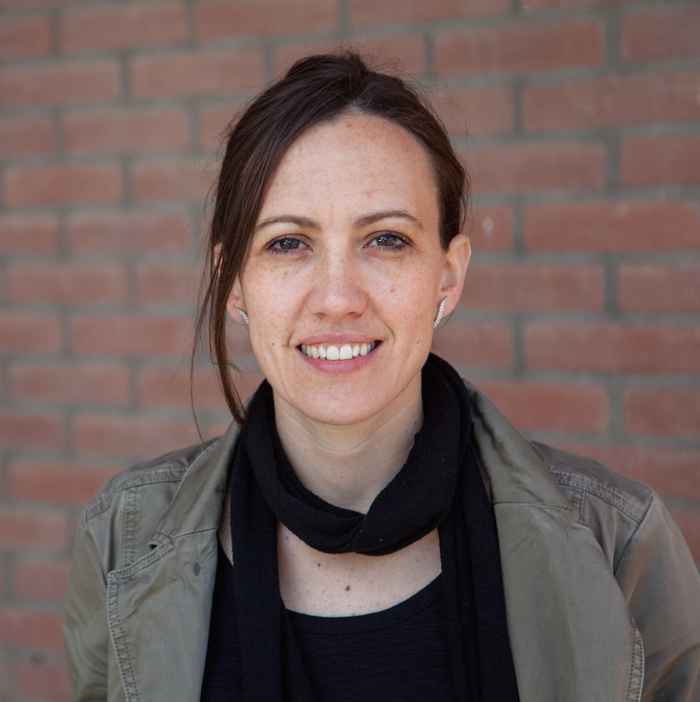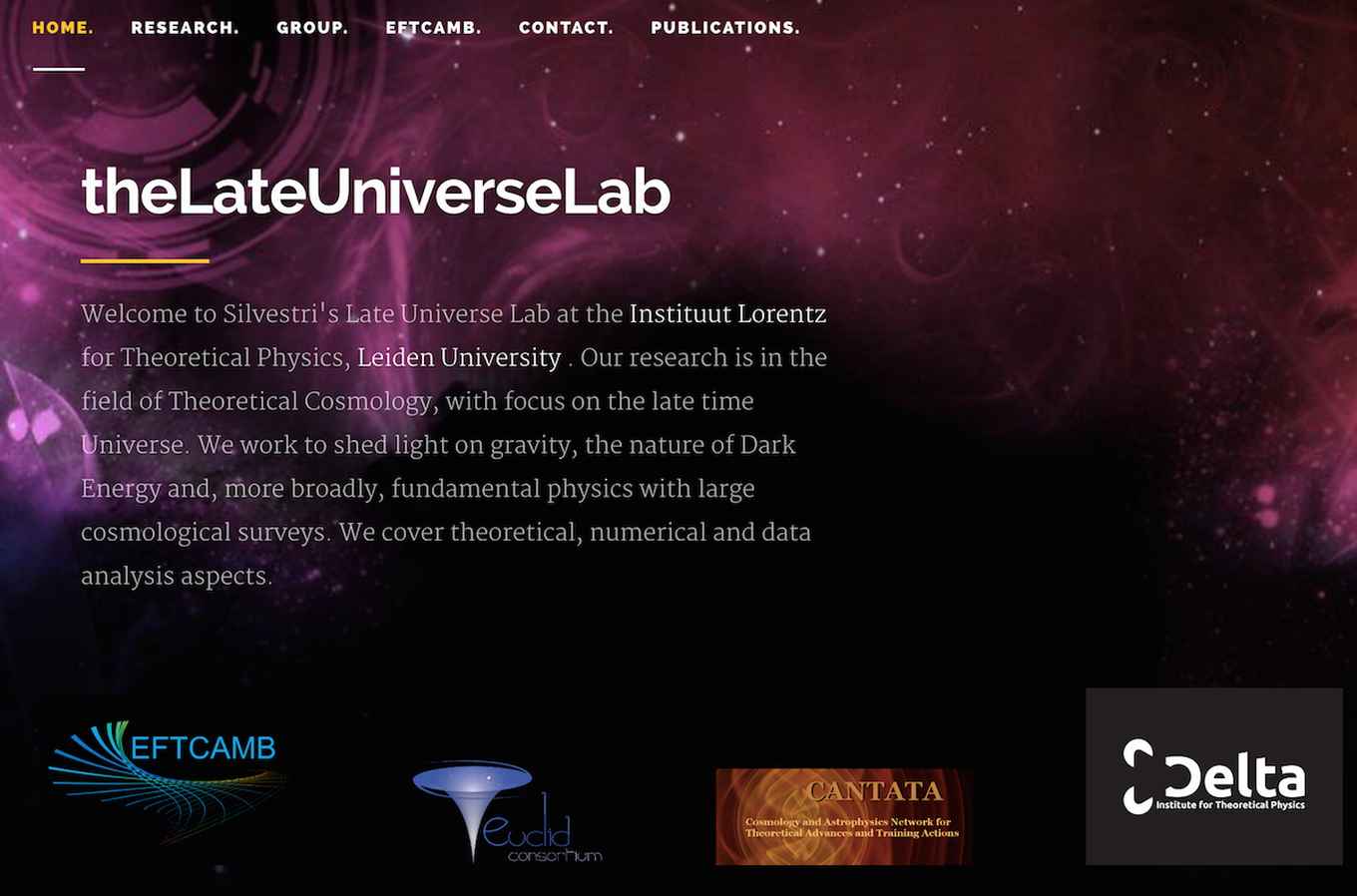Alessandra Silvestri wins Vidi for understanding the universe
27 May 2019

A growing number of theories explain why the expansion of the universe is accelerating, while more and more relevant observational data is pouring in from space telescopes or gravitational wave measurements. Silvestri: ‘I want to hack a path between the theories and the observations, so that we can interpret the data.’
Expanding faster and faster
‘There are many things that we cannot make sense of, one of which is that we found out that the expansion of the universe is speeding up’, says Silvestri, who just heard she can develop her research line using the 800.000 euros Vidi grant. One option is to stick with Einstein’s theory of General Relativity, that explains gravity as a warping of space and time. ‘This theory has been tested well in the solar system, but not at the full scale of the universe.'
Mysterious dark energy
Einsteins famous formula has some room for explaining the acceleration, called the lambda parameter. ‘But the value that we would need for acceleration is off by 120 orders of magnitude compared to what we expect from particle physics. That is very problematic.’ But the alternative is also strange. That would mean that the universe is full of a mysterious dark energy that expands the universe, but somehow never dilutes.
These findings lead to a flowering of different universe models, that expand or tweak Einstein’s theory. ‘Many researchers have a favorite theory, and they try to derive predictions that can be tested with observational.’
New technology helps
You could say they are in luck. In recent years, space and earth bound telescopes have started a firehose of cosmologically relevant data. For instance, the European Space Agency’s (ESA) Planck satellite has measured the Cosmic Background radiation, the afterglow of the Big Bang, with exquisite precision. The distribution of galaxies is known in ever greater detail, and since 2016, the detection of gravitational waves with LIGO and VIRGO has provided new constraints on cosmological models.
Silvestri is also expecting much from ESA’s Euclid, a infrared space telescope that will be launched in 2022 to measure the accelerated expansion with improved precision.
A bit of a mess
However, the link between the many theories and the oceans of new data is not always so straightforward. ‘Right now, it’s a bit of a mess, the risk is that you tweak your pet theory until it fits the data’, says Silvestri, who wants to go about it in a more systematic way. ‘We want to build a framework for different models, and which also lets you judge the consequences of new incoming data for the theories. So you you can tell objectively: this theory has become more probable, this one, less, and this one is definitely ruled out.’
Evolve your own universe
One crucial tool is the EFTCAMB-software, that her group initiated. It’s an open computer code where cosmologists can input their favorite universe theory, for example General Relativity plus some addition l terms. When you push the button, EFTCAMB calculates how the corresponding universe evolves, so that you can compare predictions, such as the distribution of galaxies in this specific universe, to observational data.
Silvestri: ‘The Vidi allows me to get help from one PhD student and two postdocs, so we can build on this. It will help us clear a path between all the models and all the data.’
